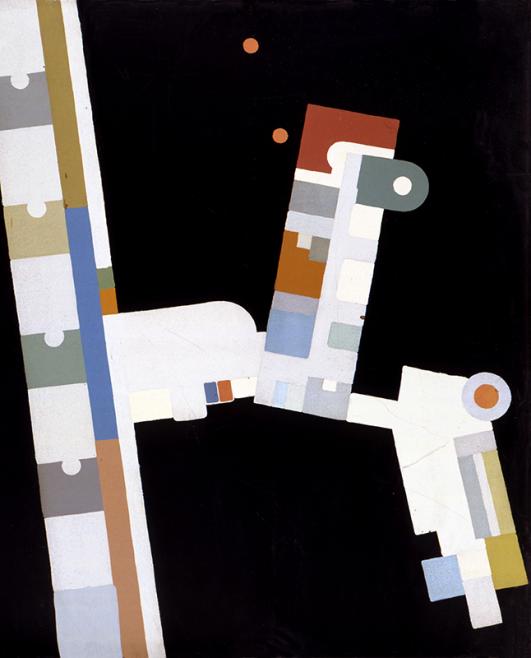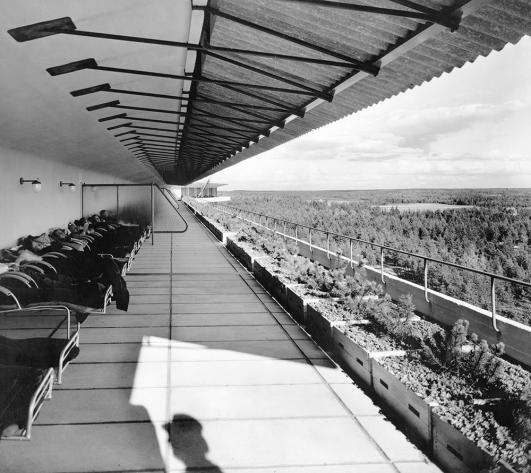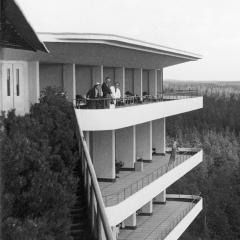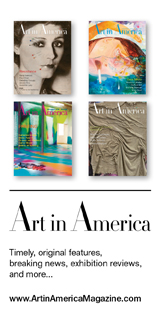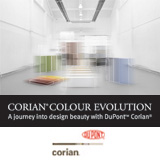Alvar Aalto’s Paimio Sanatorium at Design Museum Denmark
25 August '17 - 21 January '18
The world-renowned architect and designer Alvar Aalto’s (1898-1976) Paimio Sanatorium from 1933 is a modernist masterpiece. Designmuseum Danmark will show a pop-up exhibition focusing on Aalto's outstanding work with shapes, colors and function.
In the interwar period, tuberculosis was a widespread and deadly disease: light, air and cleanliness became the new mantra, and Paimio fulfilled it all with a radically renewing architecture. Architecture and design can do it all and support the good life - in this way there is a natural connection to the development of today's super-hospitals.
In the middle of the Finnish forests, at the top of an elevation, Paimio Sanatorium’s white buildings blend in with the peaceful landscape. Alvar Aalto believed that sunlight, tranquility and fresh air had a healing effect, and from the very beginning, the work was flooded by the architect’s care for the patients.
The wings of the building faced towards the sun and ensured maximum light drop, just like the large windows let the sunrays through. Large halls with beds allowed patients to breathe fresh air and enjoy the view beyond the terrain.
Alvar Aalto was behind all the details of the Paimio Sanatorium and designed everything from the building and the door handles to the lighting and chairs. At Designmuseum Danmark, the audience has the chance to experience some of the atmosphere at the Paimio Sanatorium when the museum shows two of the original Paimio chairs, that were created specifically for the Sanatorium.
The Paimio chairs are inspired by Marcel Breuer’s Wassily chair, but Aalto created the chairs with the patient in mind and designed the furniture in the flexible birch tree that would enclose the soft human body. The chairs were designed at a certain angle, which made it easier for the tuberculosis patients to breathe. The chairs are part of Designmuseum Danmark’s own collection.
